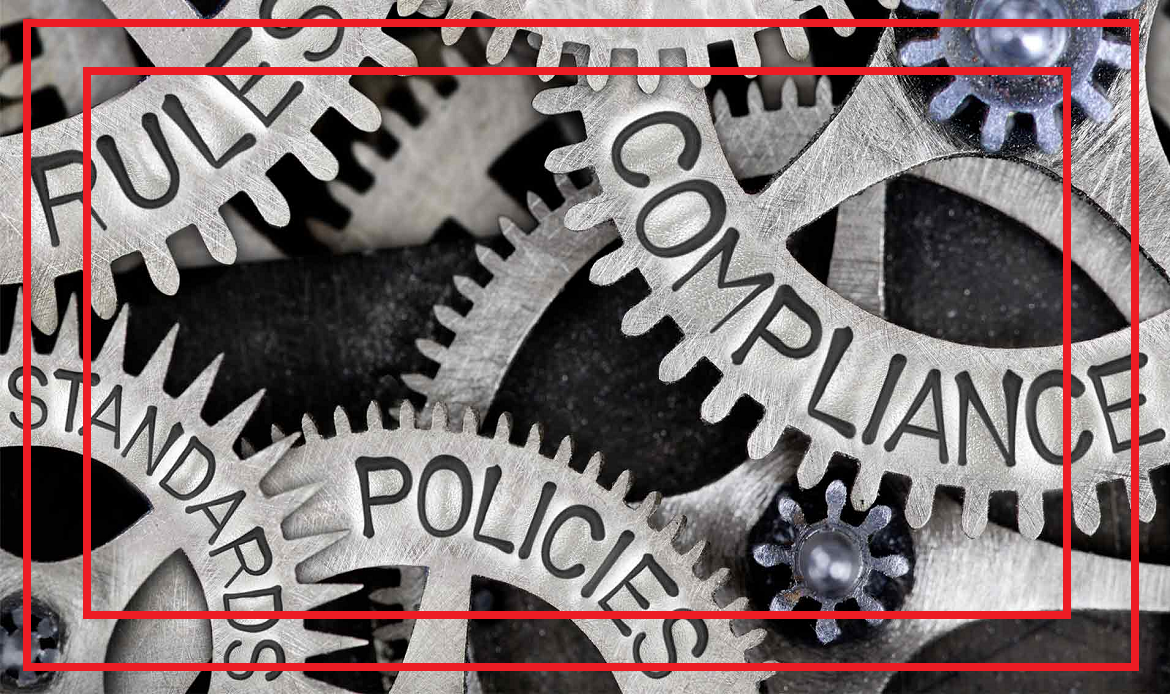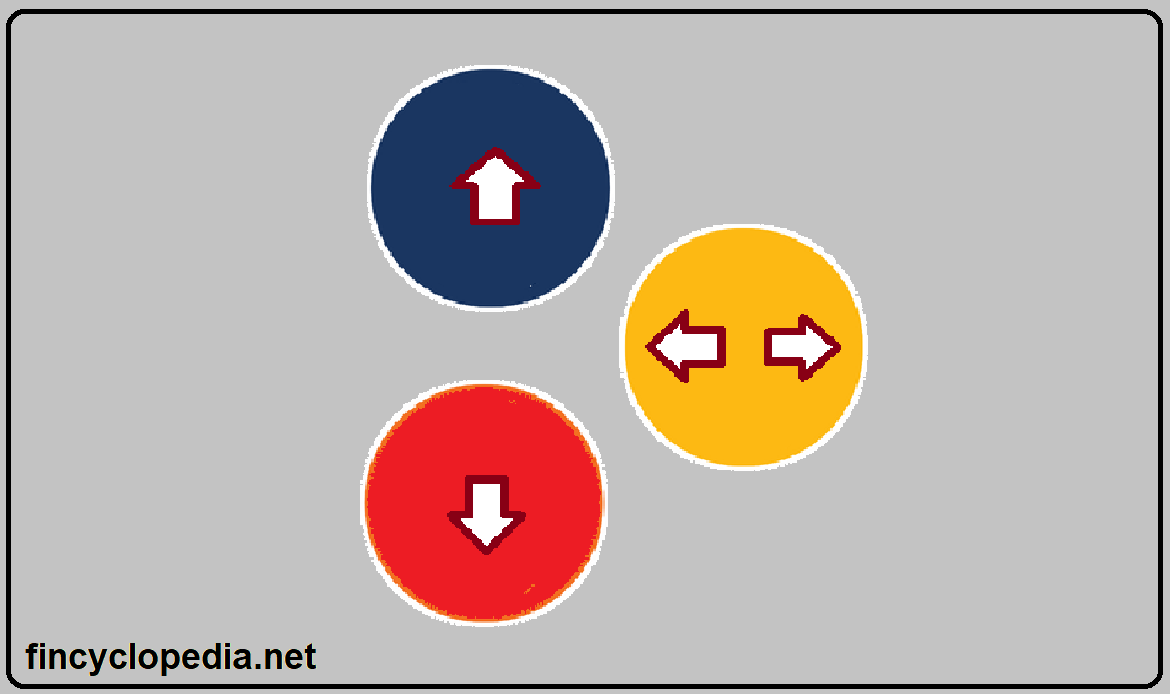Write-down represents a reduction in the carrying value/ amount of an asset to reflect and record a decline in its fair value or value in use (VIU). For example, a USD 20,000 leased asset has experienced a decline in its value in use by 10% over the course of current financial period. The asset value will be written down to USD 18,000 to reflect the drop in its value in use. A USD 2,000 write-down will be recognized for the current financial period.
Write-off is a reduction in the value of an asset where there is no realistic prospect of recovery. Write-off relates to debts (liabilities) and receivables/ inventory (assets)- usually associated with credit sales), it is the elimination of the recorded amount of an asset or a liability. More specifically, write-off may refer to the complete transfer of an asset account to an expense or loss account. This implies that the asset will produce no future economic benefits. For example, the asset account of an inventory item may need to be written off in case it is destructed and there is no insurance coverage to make up such a loss and the inventory item has no salvage value to lessen the extent of loss.







